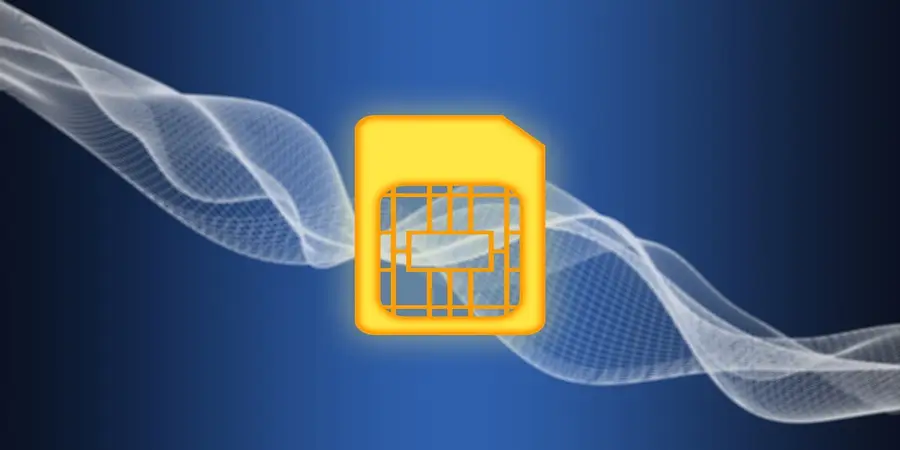Scraping in 2025 isn’t as simple as it used to be. Websites have gotten smarter, blocks are more intense and one wrong move can kill your entire process. That’s why having the right setup is more important than ever.
In this article we’ll go over why proxies are part of that setup and how they help you scrape without hitting roadblocks all the time.
The Rising Demand for Web Scraping in 2025
Web scraping has gone from being a niche tool to something businesses use daily. In 2025 it’s used for everything, from tracking prices and monitoring competitors to gathering leads and spotting trends in real time.
The need for fast data is only growing. Companies don’t want to guess what’s happening, they want real numbers pulled straight from the source. And since more industries are moving online, scraping is now one of the easiest ways to keep up.
Whether it’s e-commerce, finance or marketing, scraping helps businesses make better, faster decisions in a fast changing market.
Why Proxies Are Crucial for Modern Scraping Operations
If you’re scraping without proxies in 2025 you’re probably running into a lot of issues. Most websites now have strong protections in place like rate limits, IP bans, captchas and all kinds of blocks that make it hard to pull data consistently.
That’s where proxies come in. They let you rotate IP addresses, avoid getting flagged and scrape without constantly hitting walls. With the right proxy setup your scraper looks like multiple regular users instead of one automated script.
It’s not just about avoiding blocks, it’s about keeping your scraping smooth, fast and reliable.
What Types of Proxies to Use for Web Scraping
Not all proxies are created equal. The one you choose will impact how effective and reliable your scraping setup will be. Let’s take a look.
Residential Proxies
These use real IP addresses from real devices so they’re harder for websites to detect and block. Great for scraping sites with strong bot protection or content that changes based on location. If you want a safer and more “human” approach this is a good choice.
Datacenter Proxies
Fast, cheap and widely used for bulk scraping. But because they come from data centers (not real users) they’re easier to detect. If you’re scraping non-sensitive or high volume sites these can get the job done without breaking the bank.
ISP Proxies
Think of ISP proxies as the middle ground. They use real IPs like residential proxies but come from internet service providers and are hosted on powerful servers. That means better speed without giving up trustworthiness. Good choice when you need both performance and stealth.
If you’re not sure where to start, it’s worth checking out the different types of proxies and matching them to your scraping needs.
Key Factors to Consider When Choosing a Proxy for Scraping
Choosing the right proxy isn’t just about the type, it’s also about how it fits your workflow.
Here are a few things to think about:
- Speed: If you’re pulling a lot of data, you want proxies that respond fast and don’t slow you down.
- Reliability: Unstable proxies will break your entire scraping process. Go for a provider with good uptime and consistent performance.
- Location options: Some websites show different content based on region. Having IPs from multiple countries helps you get more accurate data.
- Rotation and pool size: A bigger pool of rotating IPs helps you avoid bans and lets you scrape longer without hitting rate limits.
- Ethical sourcing: Choose proxies from legit sources. It helps you avoid legal issues and supports clean scraping.
Common Mistakes to Avoid When Using Proxies for Scraping
Even with good proxies things can go wrong if you’re not careful. Here are a few common mistakes to watch out for:
- Using the same IP too much
If you’re sending requests from the same IP it’s only a matter of time before you get blocked. Always rotate your IPs. - Scraping too fast
Going too fast will raise red flags. Slow down your request rate to make your scraper look like a real user. - Skipping headers and user-agents
If your scraper doesn’t act like a browser some sites will spot it instantly. Add realistic headers and user-agent strings to your requests. - Ignoring proxy quality
Cheap or free proxies will cause more problems than they solve. Unreliable IPs will fail requests and waste your time. - Not monitoring your setup
Always keep an eye on your scraping success rate. If something changes, like more captchas or blocks, it’s time to adjust your proxy settings.
Final Thoughts
Web scraping in 2025 isn’t just about writing the code, it’s about having the tools. And proxies are one of those tools.
They help you stay anonymous, avoid blocks and collect the data you need without errors.
Whether you’re scraping for business insights, price tracking or lead gen, a smart proxy setup makes the whole process smoother and more reliable.
















